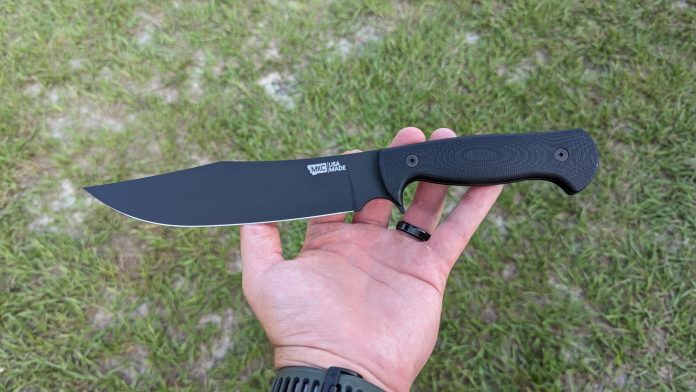
I love small American businesses. The American dream is only a dream if you sit around thinking about it. Businesses like Montana Knife Company seize the American Dream and make it a reality. In the world of knives, guns, and tactical gear, the way an American company succeeds is by making products better than the competition. Montana Knife Company, of MKC for short, recently sent me their Marshall fieldcraft knife, and it’s easy to see why they’ve been successful.
Who Is Montana Knife Company
Montana Knife Company, or MKC, is predictably located in Montana and helmed by Josh Smith, a master bladesmith who grew up in Montana. Reading the guy’s resume might make you feel bad for yourself. He started making knives at 11, and by 15, he became the youngest person ever to pass the Journeyman blade smith test at Blade Show. At 19, he became the youngest Master Smith.
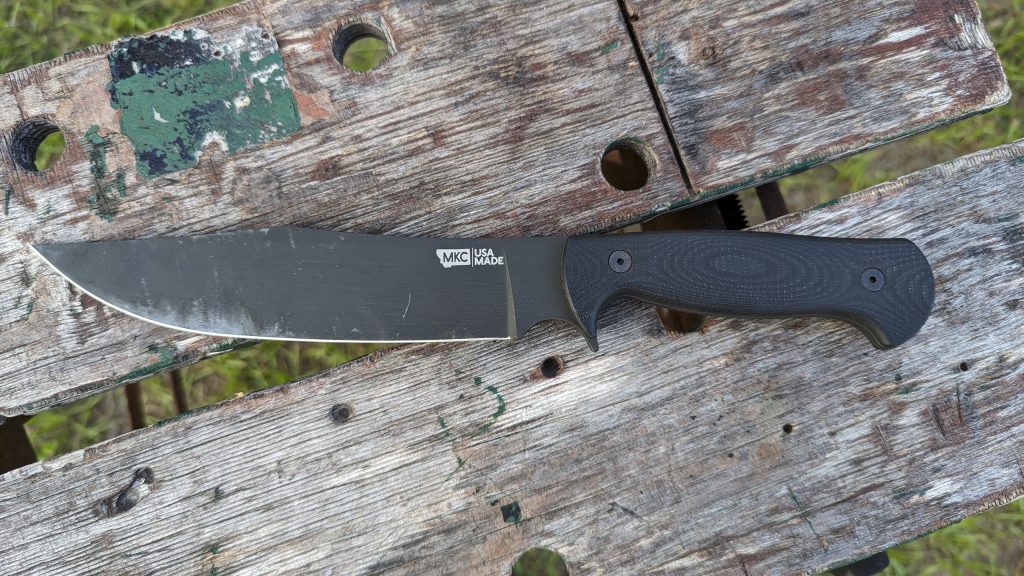
Needless to say, the guy knows his craft. He makes a variety of knives aimed at outdoor use, culinary use, and skinning game. These are ruggedly made handcrafted knives. A glance at his website shows he can barely keep knives in stock, and demand is certainly high amongst serious outdoor’s folks.
What’s the Marshall
The Marshall Bushcraft Knife is named after the Bob Marshall Wilderness area in Montana. This bushcraft blade is the biggest, widest, and thickest knife produced by the Montana Knife Company. It’s a big boy that’s 12 ⅝ inches long, with a blade length of 7 ⅝ inches. The Marshall has a thick .170 spine, but the knife isn’t overly weighty at 9.8 ounces.
The Marshall features a clip-point tip and a massive belly. The blade is made from 52100 carbon steel. I’m not familiar with this steel, but a quick Duck, Duck, Go search later.
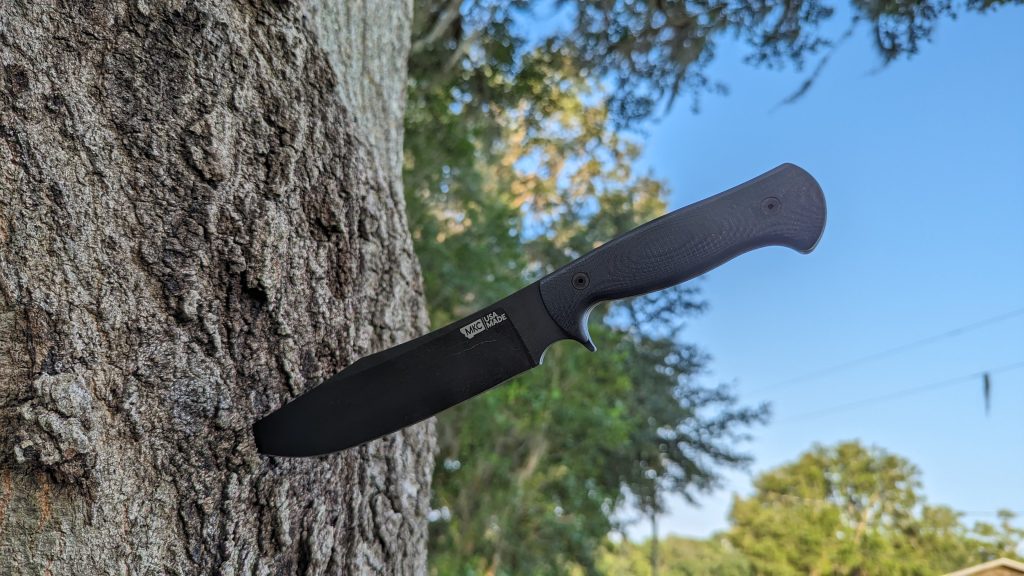
I learned that 52100 was steel invented in 1905 for bearings. The steel turns out to be a pretty solid compromise of edge retention, sharpness, and toughness. It’s carbon steel, so it does require some maintenance and can rust if ignored or the finish fails.
The blade is parkerized for a tough finish. The grips are flat-sided G10 panels which have become the standard for serious-use knives. The handle has a finger guard and groove that adds a layer of protection and control to the knife.
I have a burgeoning interest in bushcraft, so the Marshall was right up my alley.
The Marshall In Action
I plan to hit a bushcraft class eventually, but work has been a bit nuts for me. Until then, I happen to live in the middle of nowhere and have plenty of space to reach out and chop stuff. With the Marshall in hand, I hit the field…err…the woods by my house anyway.
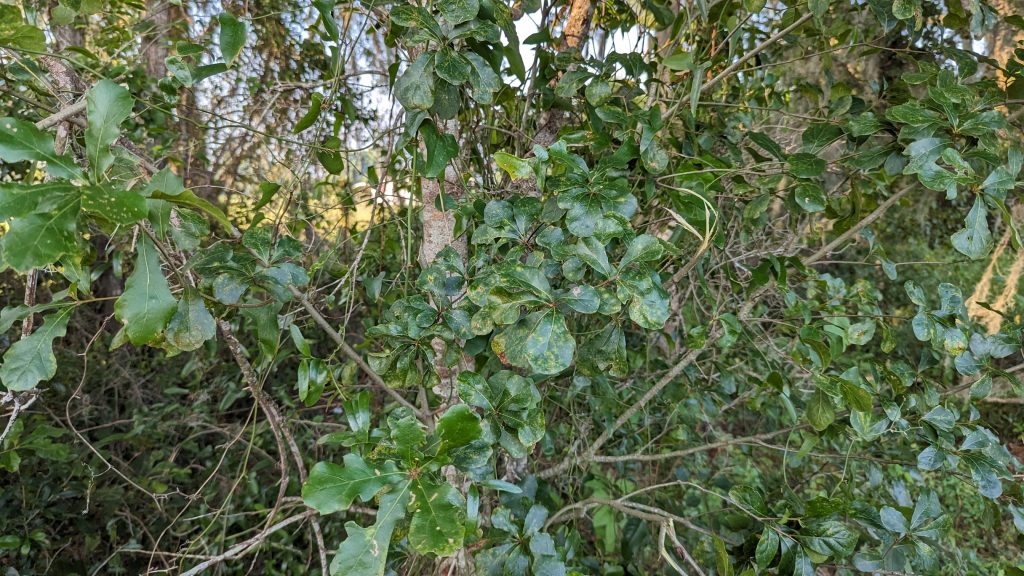
What do knives do? They cut, so I got to cutting. This includes boxes from Midway and Brownells, as well as a jug full of water that was just fun to slice. The Marshall comes out of the box crazy sharp. Holy crap, is it a sharp knife. It takes nothing more than the weight of the blade to cut through paper.
It cut through boxes, rope, plastic, and a bevy of vines and small limbs with ease. I took it chopping and cleared out a small patch of stubborn brush. It’s no machete, but it has a similar design to that of a bowie knife. This allows it to chop rather efficiently and slam and cut as it’s swung.
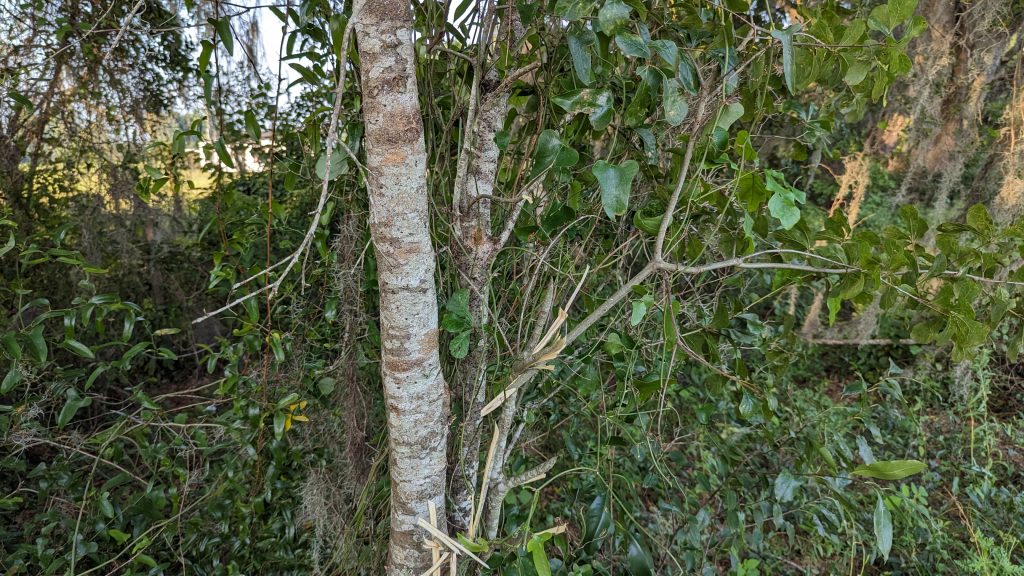
At the same time, the Marshall can be fairly easy to control. It slices easily, and the finger groove makes it pretty easy to control the knife back and forth. You can easily peel an onion or orange.
The big spine is perfectly flat and offers 90-degree angles. It’s perfect for batoning, and I was able to split small logs with the knife and another heavier log with ease. It sliced through fairly easily and would make a nice pile of firewood, given a chance. The 90-degree angles also make it handy for striking flint rods to create fire.
Gripping the Marshall
The Marshall’s G10 grip is hand-filling and rounded. It’s not overly textured, so it won’t cause pain or hotspots. It’s textured enough for a nonslip grip for normal working tasks. The Marshall grip design keeps the knife from twisting in the hand while working, which means you can safely do hard work without worrying about losing control of your very sharp knife. It’s a smart design and keeps things easy and comfy for long-term work.
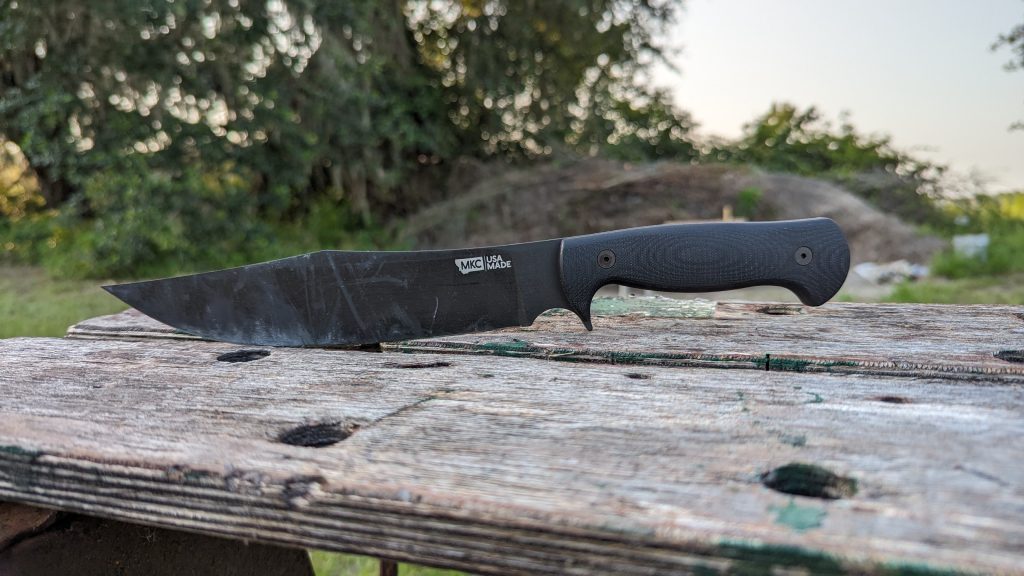
The Sheath
The Marshall comes with a modern polymer sheath with a fairly modular design. You can choose to wear it vertically or horizontally. The clip can be adjusted for height and can be reversed for left or right-handed use. I adjusted the retention easily, and overall, it’s a rock-solid sheath design.
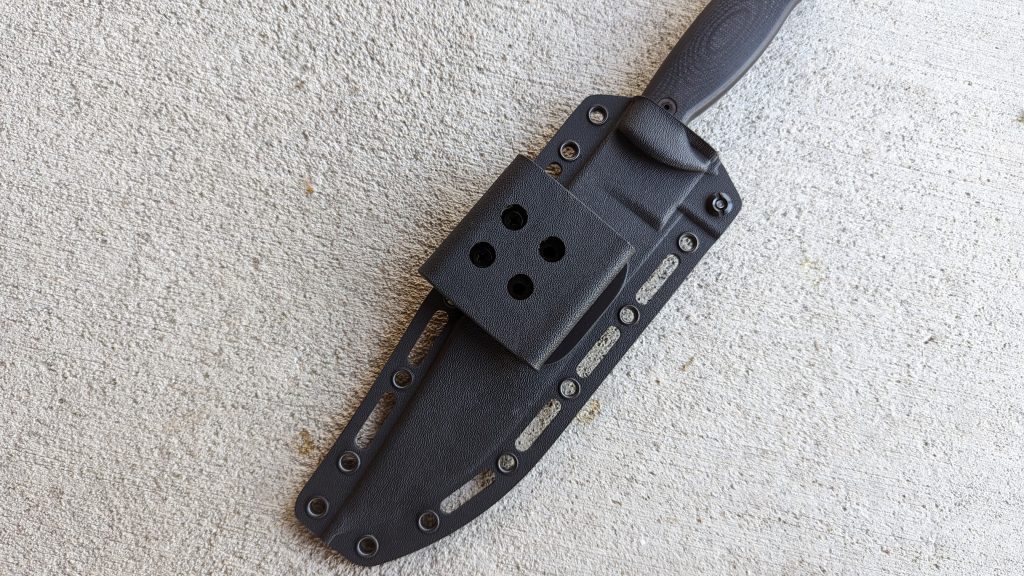
Big Nice, Big Potential
The Marshall is a big knife, and it might not qualify as a Bowie knife, buts it’s pretty close. The Marshall offers a dynamic design that lends itself well to versatility and comfort. It’s a working bushcraft knife that mixes modern design with traditional features that have always worked. Montana Knife Company makes an outstanding knife, and I don’t doubt the rest of their catalog is just as well made. Check them out here.



